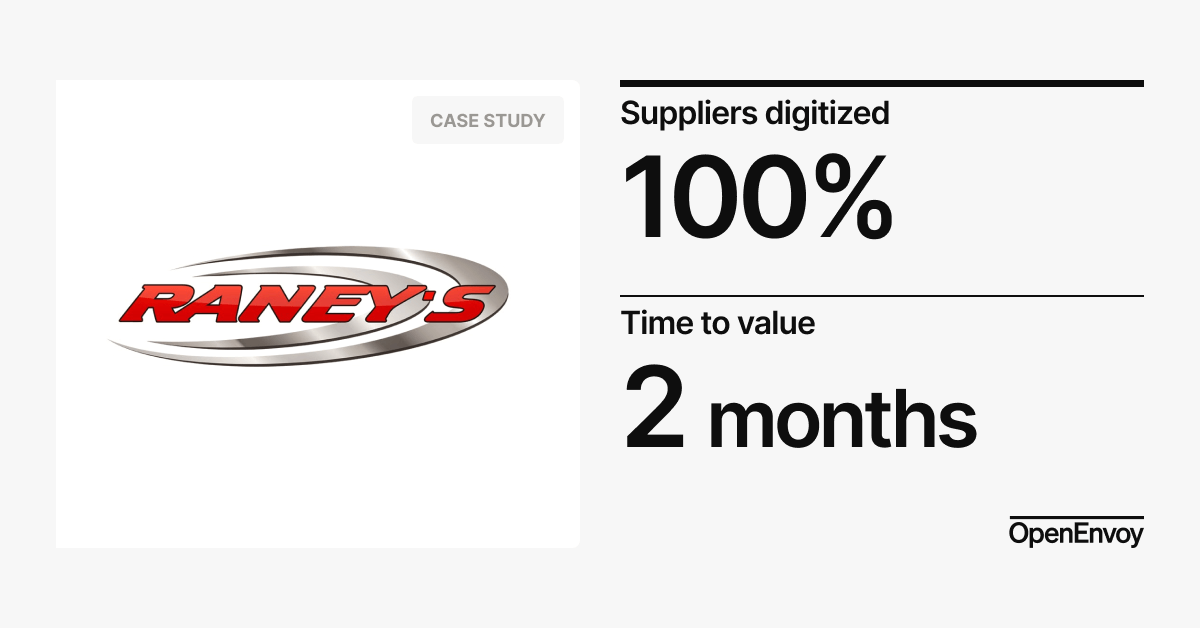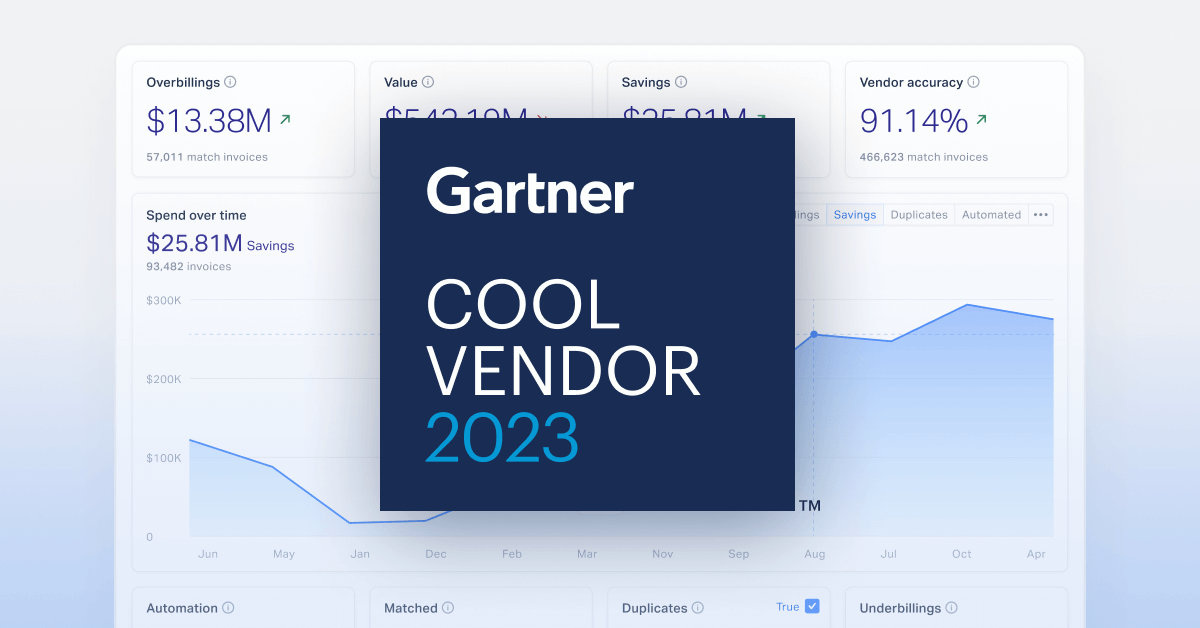< Back to E-Invoicing Overview
Hungary has fully embraced digital invoicing as part of its national tax control strategy, implementing one of the most advanced e-invoicing frameworks in Europe. The country requires real-time invoice reporting for both B2G and B2B transactions, ensuring full transparency and compliance with VAT regulations.
The Hungarian government has integrated e-invoicing with its NAV Online Invoice System, allowing businesses to submit invoices directly to tax authorities for real-time validation. This system significantly reduces tax fraud and improves efficiency, making Hungary a leader in digital tax reporting across Europe.
Regulatory authority
The National Tax and Customs Administration of Hungary (NAV) manages e-invoicing compliance.
E-invoicing requirements
Since April 2020, all public sector entities must receive electronic invoices. B2B real-time invoice reporting has been mandatory since July 1, 2020.
Accepted invoice formats
Invoices must be issued in NAV XML format.
Transmission channels
Invoices must be submitted through the NAV Online Invoice System.
Digital signatures
Digital signatures are not mandatory.
Archiving requirements
Invoices must be stored for eight years.
How B2B e-invoicing works in Hungary
Businesses generate invoices in NAV XML format and submit them via the NAV Online Invoice System for real-time validation.
How B2G e-invoicing works in Hungary
Invoices must be issued in NAV XML, submitted via the online system, validated by authorities, and archived for eight years.


